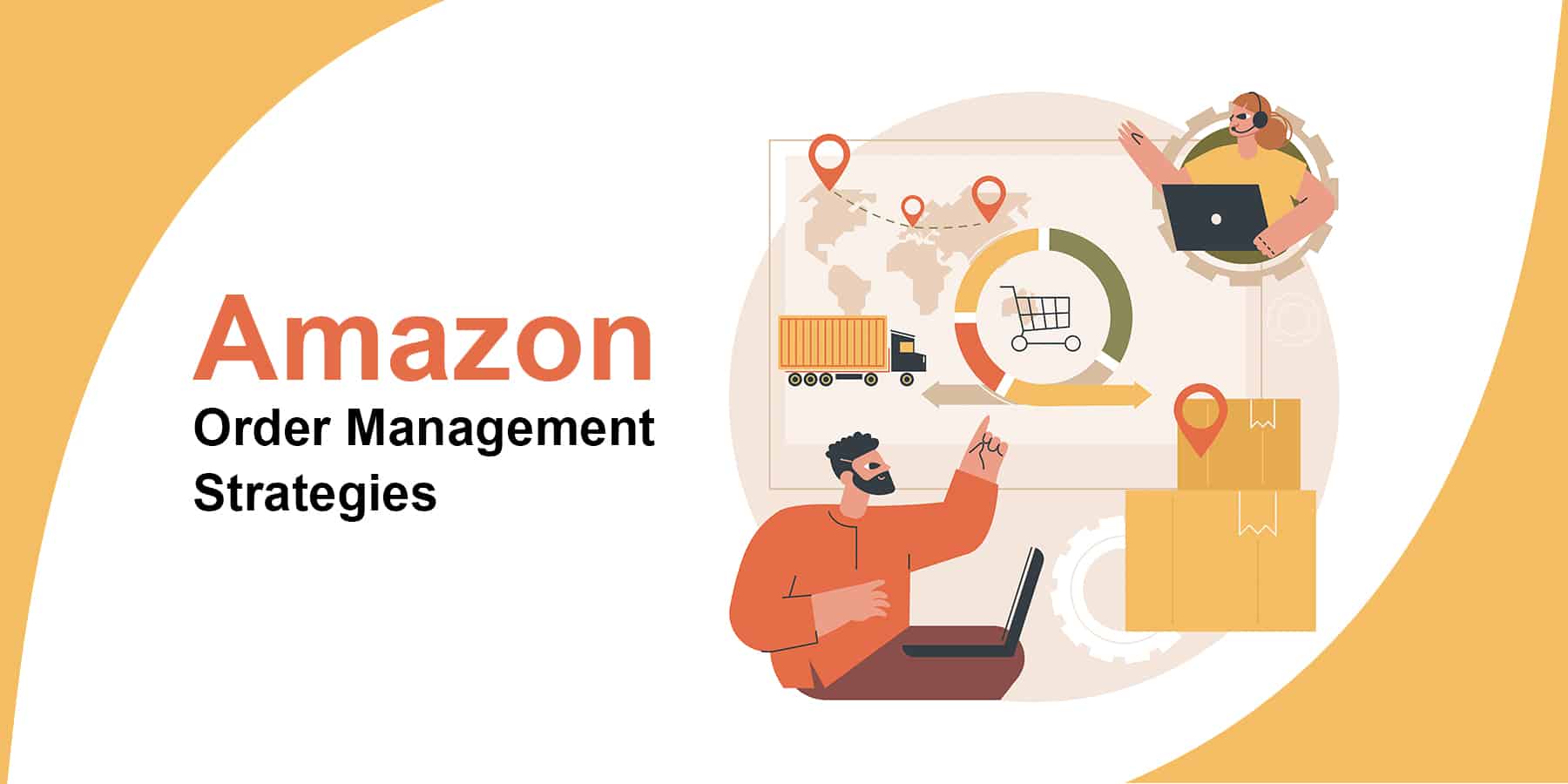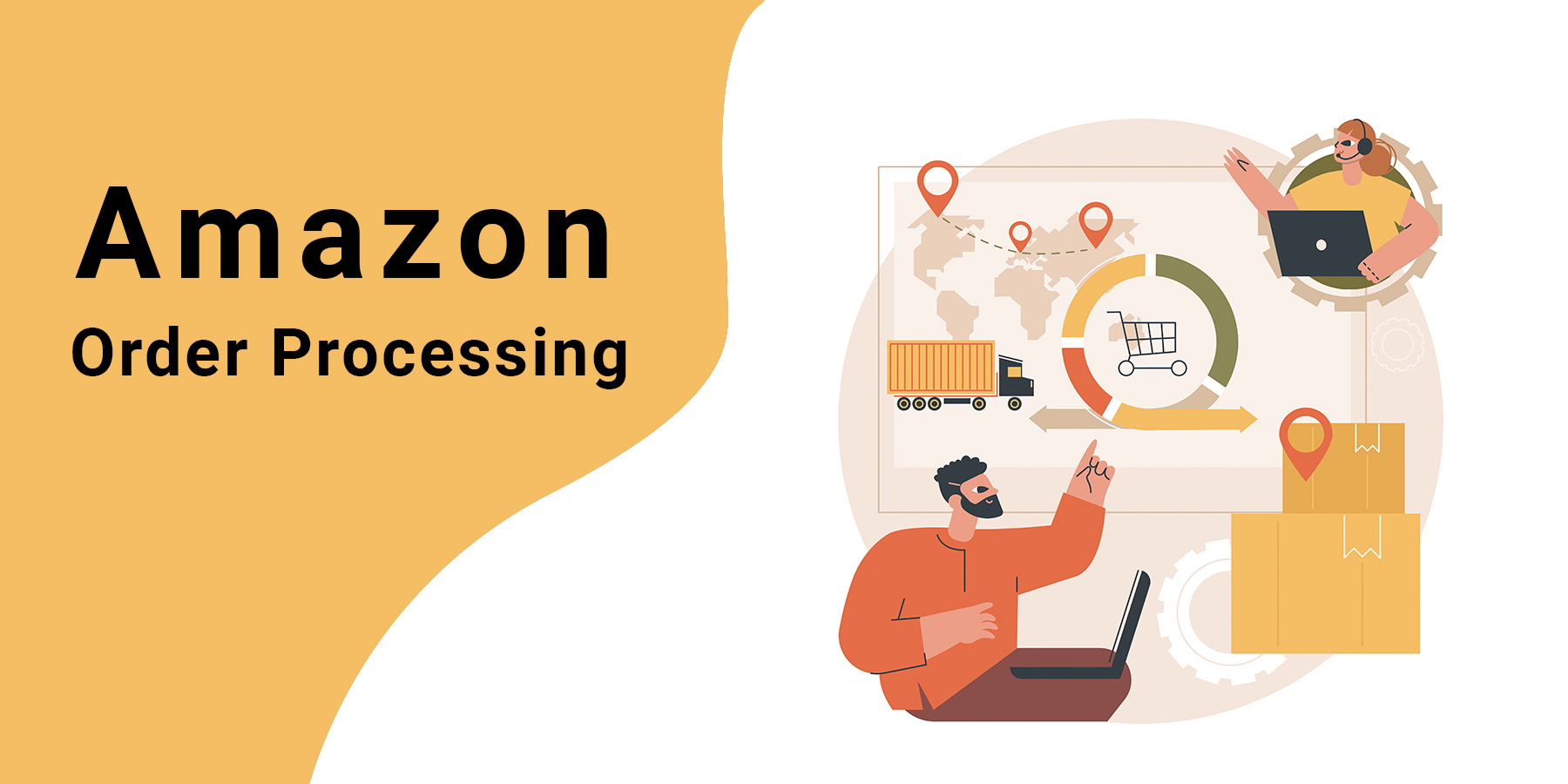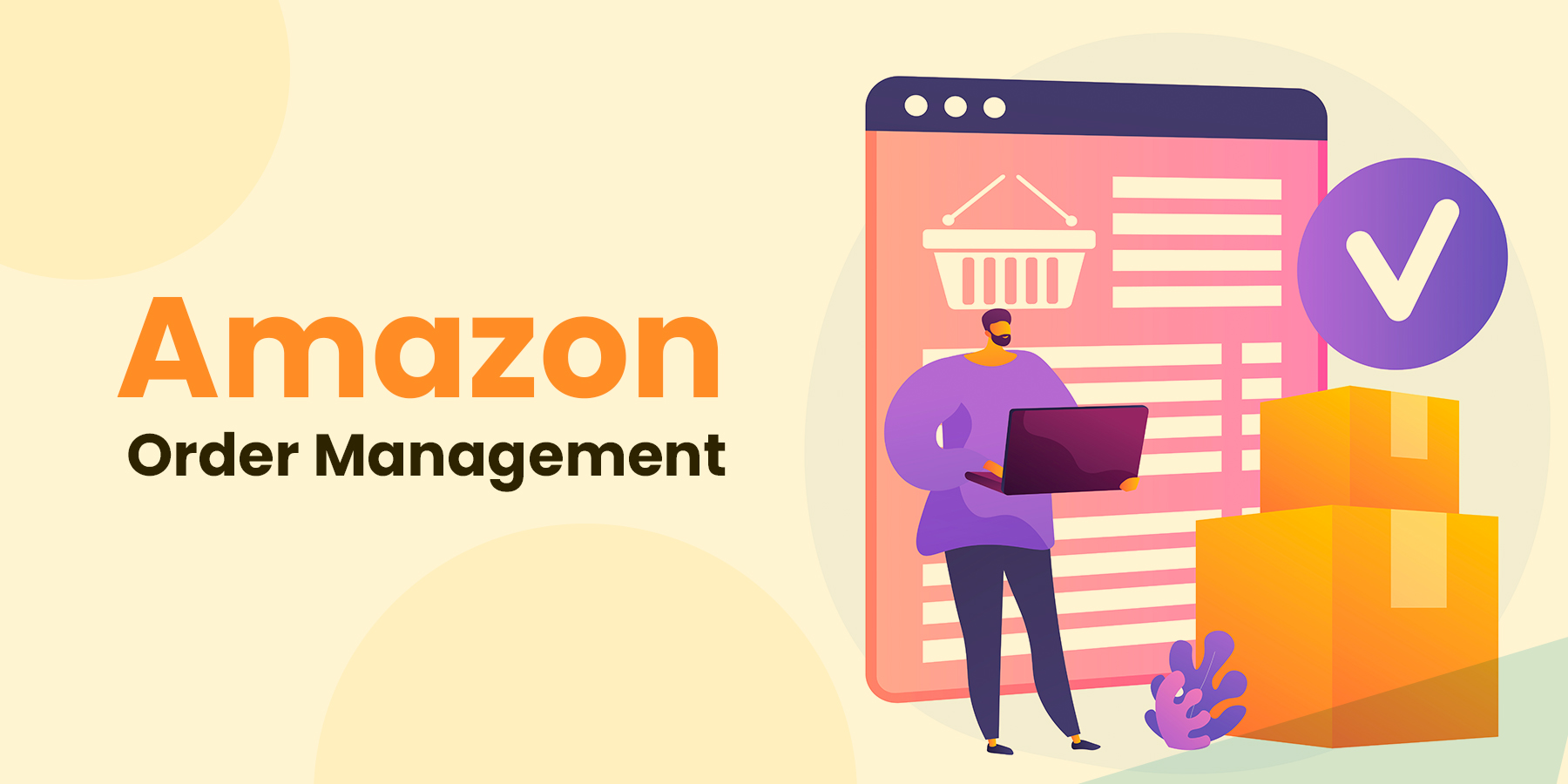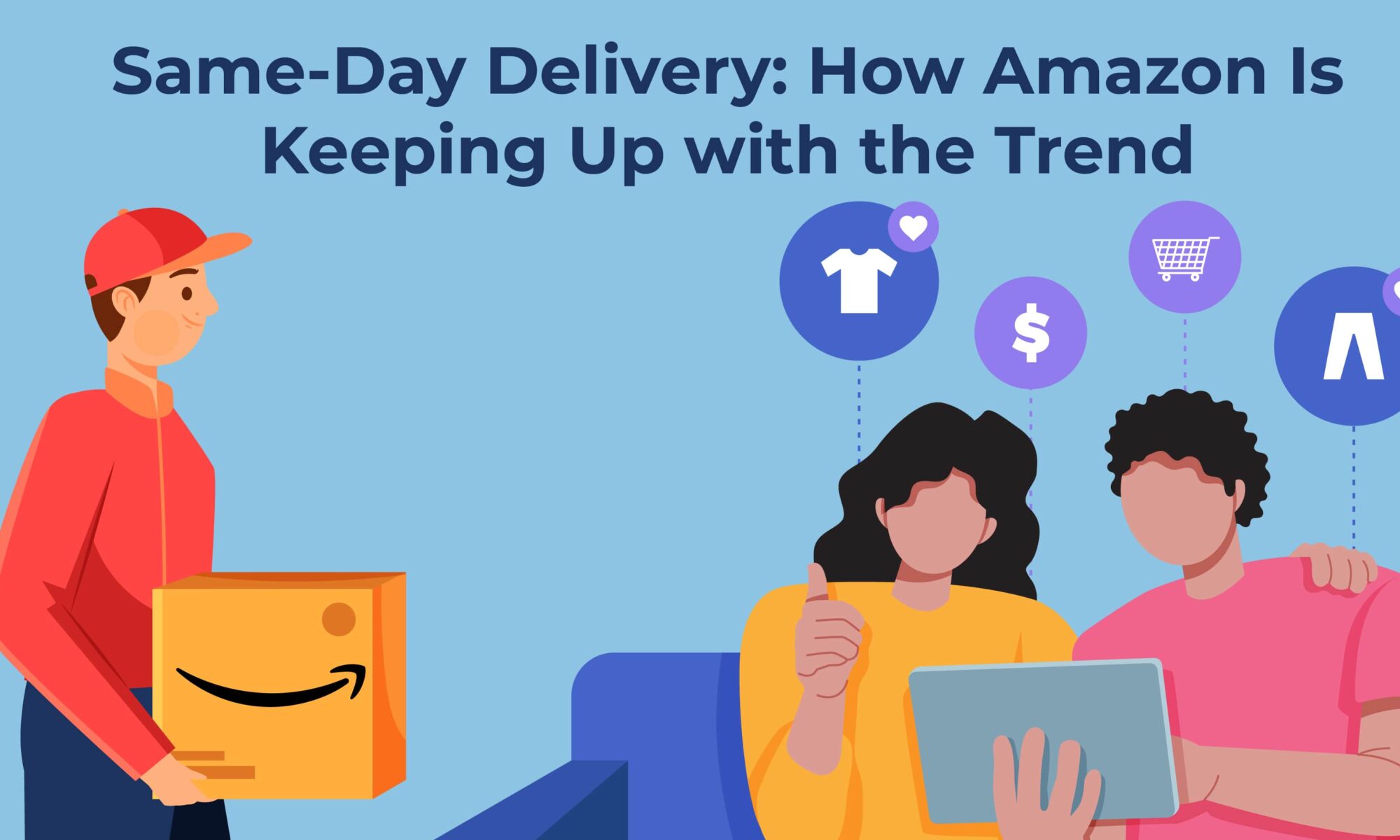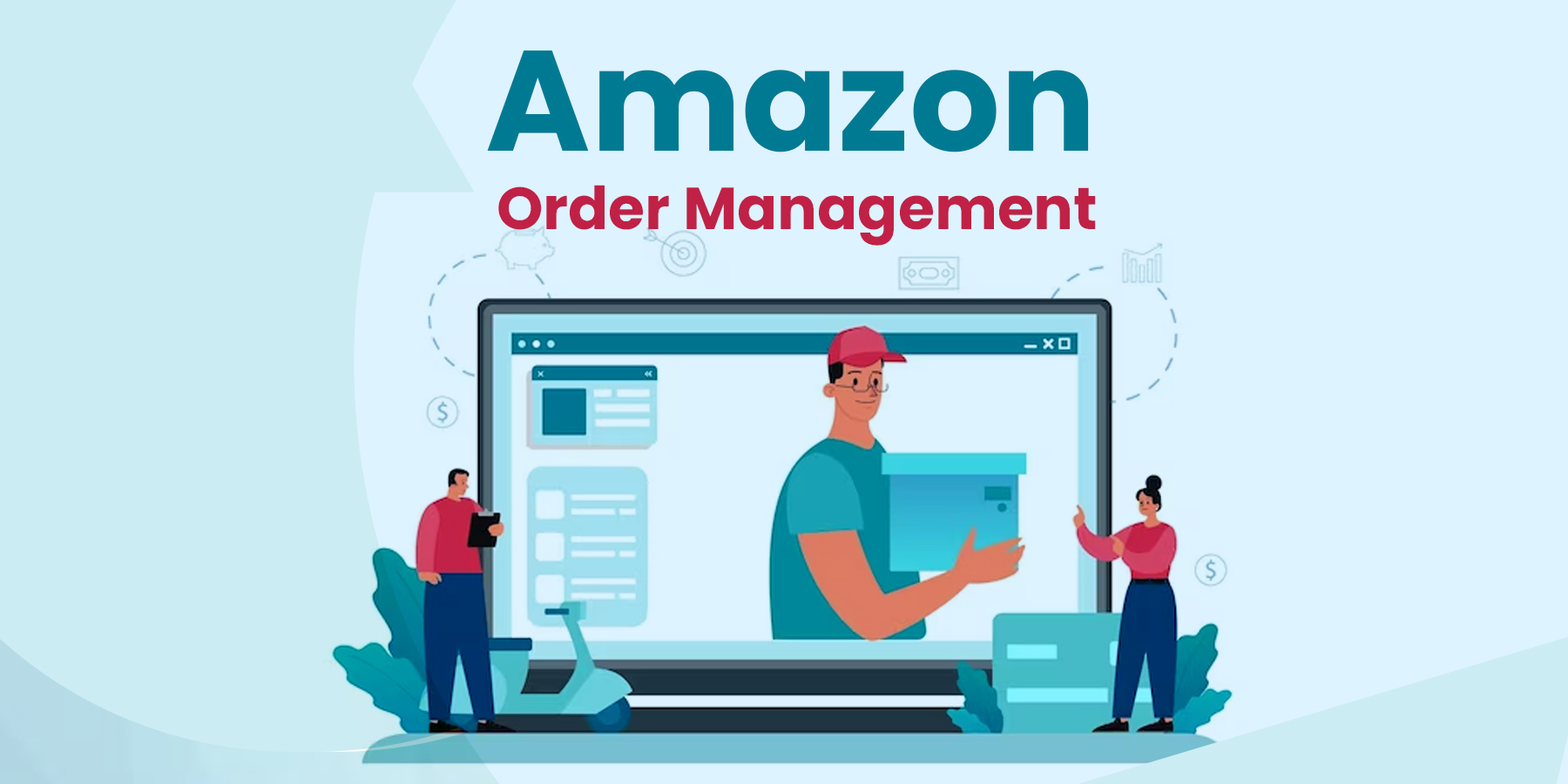As an Amazon seller, managing and tracking your incoming orders is crucial for maintaining a successful business. Not only does it enable you to fulfill customer demands promptly, but it also allows you to cost and price your products accurately. In this article, we will explore strategies that can help you keep track of costs and enter all of your incoming orders on Amazon's platform efficiently.
Importance of Tracking and Costing Orders on Amazon
Tracking and costing orders on Amazon is essential for several reasons:
- Efficient Order Fulfillment: It allows you to ensure timely order fulfillment and delivery, leading to satisfied customers and positive reviews.
- Effective Order Costing: Accurate order costing helps you determine the profitability of your products, enabling you to make informed pricing decisions.
- Streamline Operations: Efficient Amazon order entry and management processes streamline your operations, saving time and reducing the likelihood of errors.
Strategies for Efficient Order Tracking
1. Utilize Amazon's Order Management Tools
It provides various Amazon order management tools that can significantly simplify your tracking process. Use features such as order reports, shipment notifications, and delivery tracking to monitor the status of your orders. These tools can help you stay organized and promptly address any issues.
2. Implement a Robust Inventory Management System
Maintaining an efficient inventory management system is crucial for accurate order tracking. Utilize inventory management software that integrates with Amazon's platform to keep track of your stock levels, receive real-time updates, and prevent overselling. This ensures you can fulfill orders promptly without the risk of stockouts or delays.
3. Automate Amazon Order Processing and Fulfillment
Automating Amazon order processing and fulfillment can significantly improve efficiency. Use tools like Amazon's Fulfillment by Amazon (FBA) service to automate order picking, packing, and shipping. FBA also provides customer service support and handles returns, reducing your workload and enhancing customer satisfaction.
4. Streamline Communication with Suppliers
Maintaining open lines of communication with your suppliers is essential for smooth order tracking. Establish clear channels for communication and ensure timely updates regarding product availability, shipping schedules, and any potential delays. By maintaining a solid relationship with your suppliers, you can mitigate disruptions in your supply chain and avoid order fulfillment issues.
5. Monitor and Analyze Order Metrics
Regularly monitor and analyze Amazon order processing metrics to identify patterns and trends. Keep track of order fulfillment time, shipping costs, customer feedback, and return rates. This data will provide valuable insights into your operations, allowing you to identify areas for improvement and optimize your order-tracking processes.
Costing and Pricing Strategies for Amazon Orders
1. Calculate Direct Costs
When costing your Amazon orders, start by calculating the direct costs associated with each product. Include expenses such as the cost of goods, shipping fees, packaging materials, and any other variable costs directly related to fulfilling the order. This will give you a baseline understanding of the expenses incurred for each sale.
2. Factor in Indirect Costs
In addition to direct costs, consider indirect costs that contribute to the overall cost of your Amazon orders. These may include overhead expenses such as storage fees, Amazon seller fees, advertising costs, and employee wages. Factoring in these costs ensures that your pricing is sustainable and profitable.
3. Consider Competitive Pricing
While determining the cost of your Amazon orders, it's crucial to consider the competitive landscape. Research the prices of similar products your competitors offer and aim to stay competitive within your niche. Price your products in a way that gives value to customers while also providing a reasonable profit margin for your business.
4. Leverage Volume Discounts
Negotiate volume discounts with your suppliers whenever possible. You can often secure better prices by purchasing larger inventory quantities, reducing your overall costs per unit. These savings can be passed on to customers or retained as additional profit.
5. Implement Pricing Strategies for Profitability
Develop pricing strategies that align with your business goals and desired profit margins. Consider cost-plus, value-based, or dynamic pricing based on market demand. Regularly review and adjust your pricing to maintain profitability while staying competitive.
Entering and Managing Incoming Orders on Amazon
1. Set Up Order Entry Processes
Establish streamlined Amazon order entry and management processes to ensure accuracy and efficiency. Clearly define the steps in entering an order, from capturing customer information to selecting the correct products and quantities. Implement quality control measures to minimize errors and maintain high order accuracy.
2. Ensure Accurate Product Listings
Maintain accurate and detailed product listings on Amazon to ensure clarity and consistency. Include essential product information, high-quality images, and clear descriptions. This ensures that customers can make informed purchase decisions and minimizes the likelihood of returns or negative reviews.
3. Optimize Order Fulfillment
Efficient order fulfillment is crucial for customer satisfaction. Promptly process and pack orders to minimize handling time. Consider utilizing Amazon's FBA service for quick and reliable order fulfillment. Monitor inventory levels closely to prevent stockouts and proactively communicate with customers regarding any delays or issues.
4. Monitor and Update Order Status
Regularly monitor and update the status of your orders on Amazon's platform. Keep customers informed about their order's progress, including tracking numbers and estimated delivery dates. Proactive communication helps build trust and ensures customers know of potential delays or changes.
5. Provide Excellent Customer Service
Exceptional customer service is vital for repeat business and positive reviews. Respond promptly to customer inquiries, address concerns, and provide assistance whenever needed. By going above and beyond to meet customer expectations, you can build a loyal customer base and enhance your reputation on Amazon.
Conclusion
Effectively tracking, costing, and entering incoming orders on Amazon is crucial for the success of your business. You can enhance customer satisfaction, improve profitability, and streamline your operations by utilizing Amazon order entry and management tools, implementing efficient tracking strategies, and optimizing your Amazon order processes. Regularly analyze order metrics, factor in all costs, and provide exceptional customer service. By implementing these strategies, you can confidently navigate the complexities of managing orders on Amazon.
Looking for the best Amazon order processing services? Vserve is here. We offer top-of-the-line Amazon order entry and management services to help your business succeed. Outsource order processing today only to the best! Contact us today, and let's get started!



